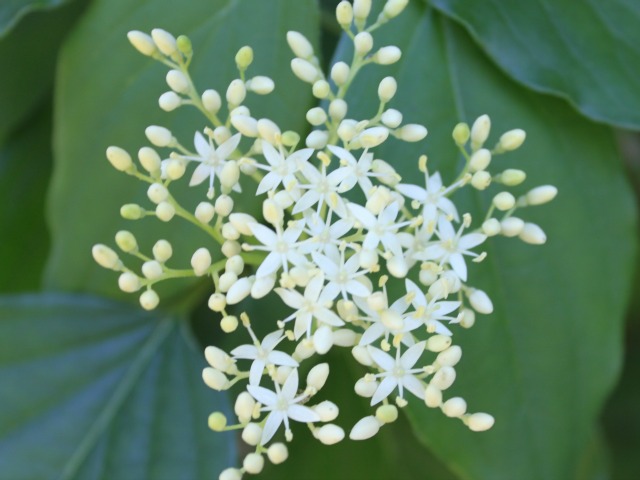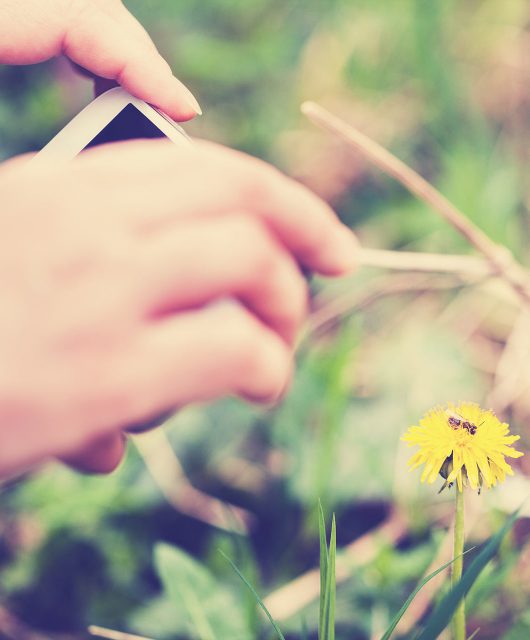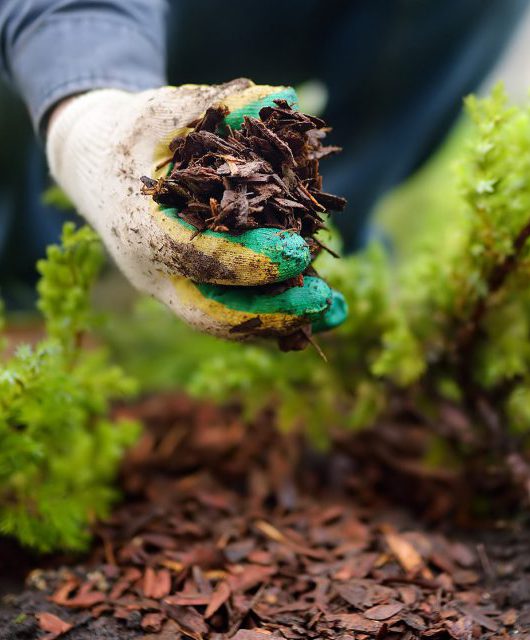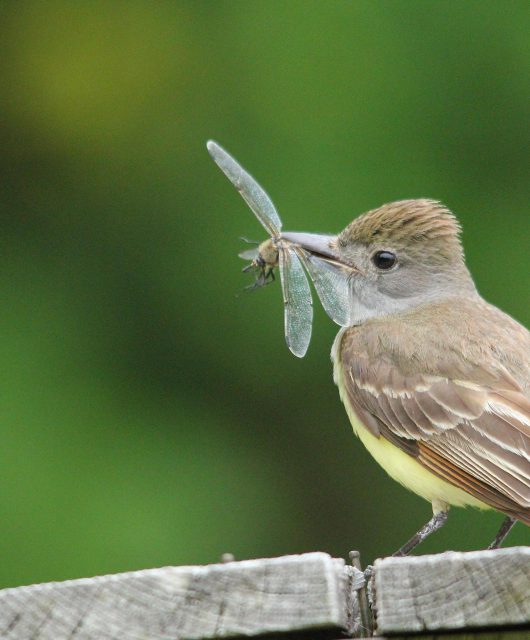
No matter where you live in Canada, chances are there is a dogwood for you. Visually appealing and magnets for wildlife, these plants are bound to please both the gardener and naturalist in you.
In general, our native dogwoods have four-season appeal. With spring come flowers, sometimes showy, sometimes fragrant. Summer brings berries that contrast nicely with the leaves. Autumn leaves are eye-catching, with shades of red and orange and, for some species, a late show of bright berries. For one species, at least, snowy winter affords a stunning contrast of bright red branches against the white snow.
Dogwoods have proven to be extremely invaluable to wildlife and humans alike. Shrubby species stabilize slopes and shores, protecting them from erosion. Their branches provide shelter for land and water animals. Dogwood flowers provide nectar to pollinating insects and then become fruit that is sought after by birds and mammals. Even the buds, twigs, and leaves of dogwood are munched on occasionally by local wildlife, although usually not enough to seriously damage the plant.
Depending on where you live, you may look forward to one or many of these visitors to your garden if you plant their favorite dogwood: spruce and ruffed grouse, yellow-bellied sapsucker, wild turkey, woodpeckers (downy, hairy, red-bellied, pileated), great-crested flycatcher, eastern kingbird, tree swallow, thrushes (Swainson’s, wood, hermit), American catbird, brown thrasher, cedar waxwing, red-eyed vireo, pine warbler, northern cardinal, white-throated sparrow, evening grosbeak, purple finch, eastern cottontail, chipmunk, white-footed mouse, beaver, black bear, white-tailed deer, and moose.
Want to learn how to grow this beauty in your backyard? We can teach you!





